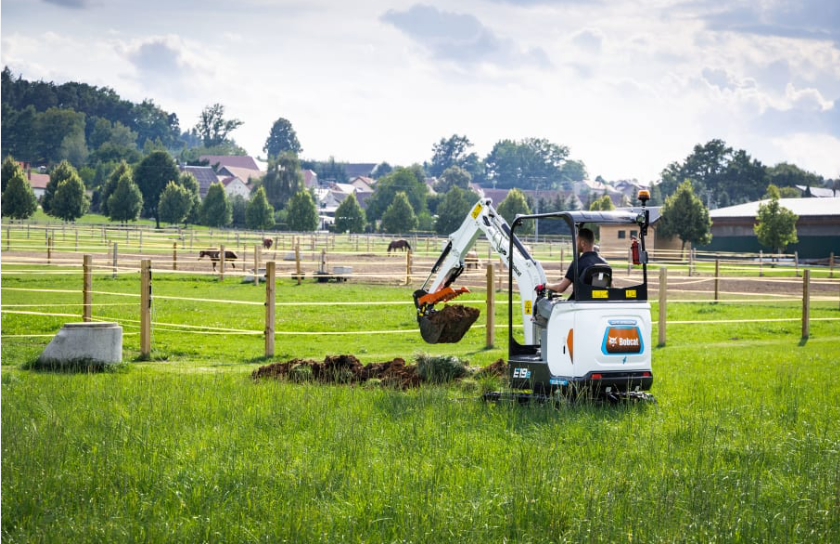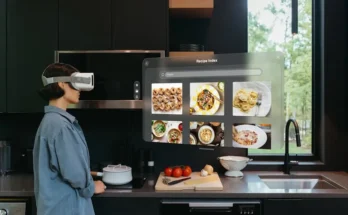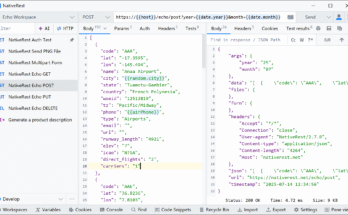Towards achieving zero emissions at construction sites
As the world copes with absurd weather conditions due to global warming, climate change and the likes, the construction industry are intensely examining measures that would reduce their carbon footprints. Leading manufacturers such as Hitachi, Komatsu and Kubota are looking intensely at electrifying their heavy machines in order to bring emissions down to zero at construction sites.
The President of Hitachi Construction Machinery Kotaro Hirano, announced the need for electric or battery powered equipment has come full circle especially within the European market which is why the upcoming heavy industry equipment fair (Bauma) will be featuring more battery-powered excavators. The Bauma fair which will be held in Munich, Germany from the 24th of October right up to the 30th of October will be seeing an increase in battery powered compact heavy machines between the 2 and 13 tonne class machines.
The zero emissions objectives for construction sites is a critical benchmark that Hitachi Construction Machinery Group stays committed to since the release of 8-tonne ZE85 excavator in 2020 and more recently the 5 tonne ZX55U-6EB in 2022. The collaboration between Hitachi and other heavy machine counterparts has resulted in the latest models that will be presented at Bauma 2022 for the very first time. All these developments are due to sincere concerns about the environment and not only a case of getting over environmental regulations which are becoming more stringent as time passes. It is the best way to combat global warming and establish low carbon environments.
The expectations from the general masses from the construction machinery industry is equivalent to the expectations that most people have on the automobile industry, these expectations are high and most manufacturers are not taking this fact lightly and many are in the midst of redesigning and redeveloping excavators that are electric powered and achieving the zero emission objective of the entire world. The growing need for electric powered hydraulic excavators has been in view of most manufacturers for more than a decade especially within the 2 to 10 ton categories which are most often used in urban construction environments due to the significant level of practicality of these machines in urban areas.
Developments by the EAC see prototypes having the ability to combine battery power and commercial electricity supply without compromising the workload when switching between the power sources. The reason as to why these machines have the ability to utilise the alternative power supply is for these machines to be able to longer (operating hours).
Komatsu’s has moved up the competitive pace of the electric mid-size hydraulic excavator with the PC210E using the US made proterra battery. Proterra and Komatsu established a working partnership in 2021 towards developing an electric powered mid-range hydraulic excavator and only recently announced that the manufacturer will be launching the first ever 20 tonne lithium-ion battery electric excavator. The launch will also be held at Bauma 2022 and is expected to hit both Asian and European markets in early 2023. This was observed by marketing analysts as a response to Caterpillar’s announcement back in 2019 that the leading manufacturer was in the process of developing the “world’s largest” excavator.
The announcement indicated that the 26-ton machine will be powered by a 300 kWh ion-lithium battery pack. In the case of Komatsu, the battery is allegedly capable of performing between 5 to 9 hours after a full charge based on data collected from actual tests at project sites, how this will work in an excavator rental service where machinery is loaned on short term basis, is still unknown. Further improvements from a technological perspective to battery packs could be expected from Tesla in the very near future.




